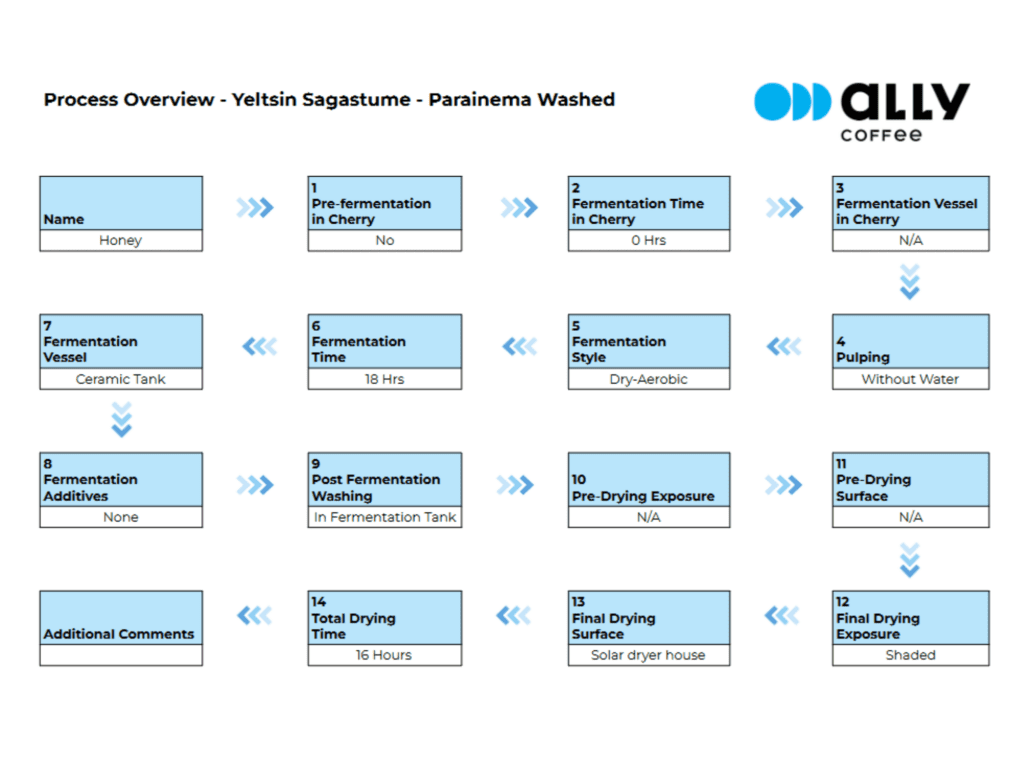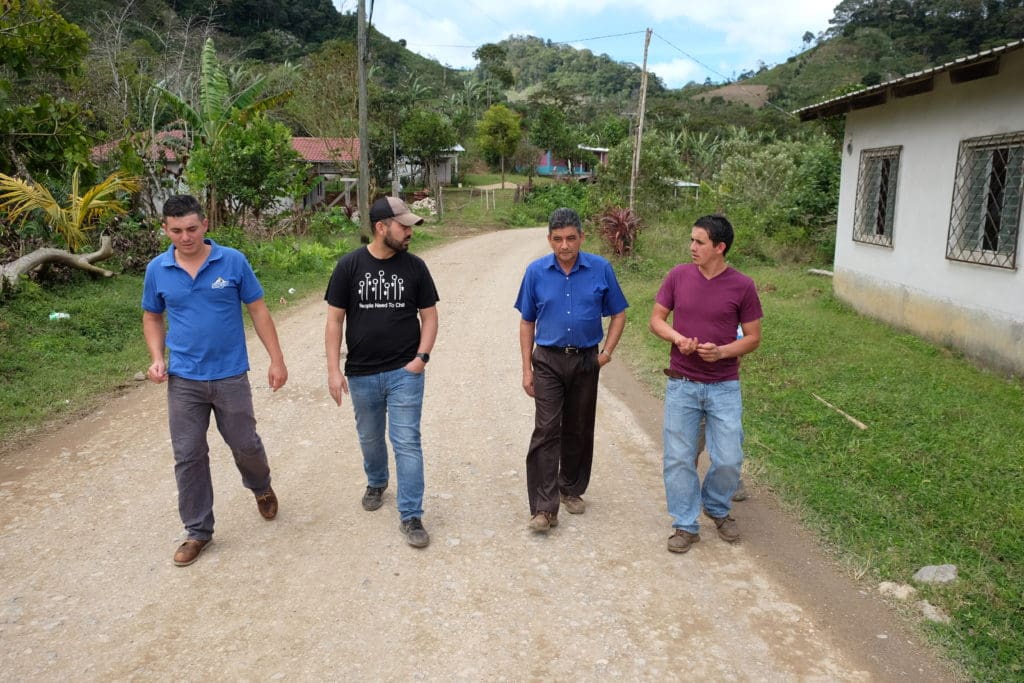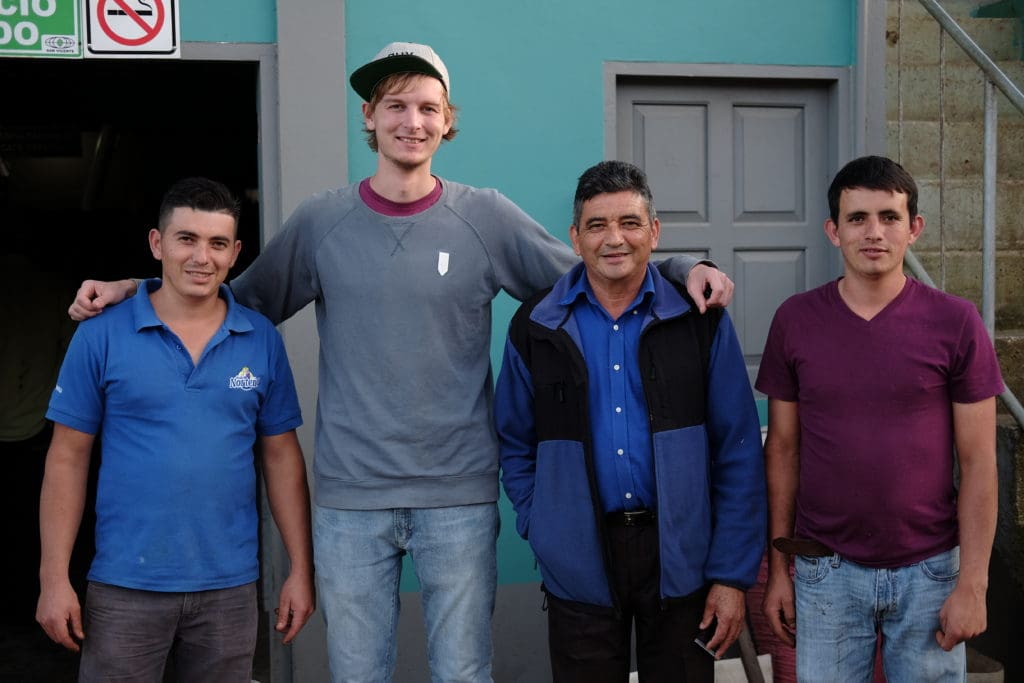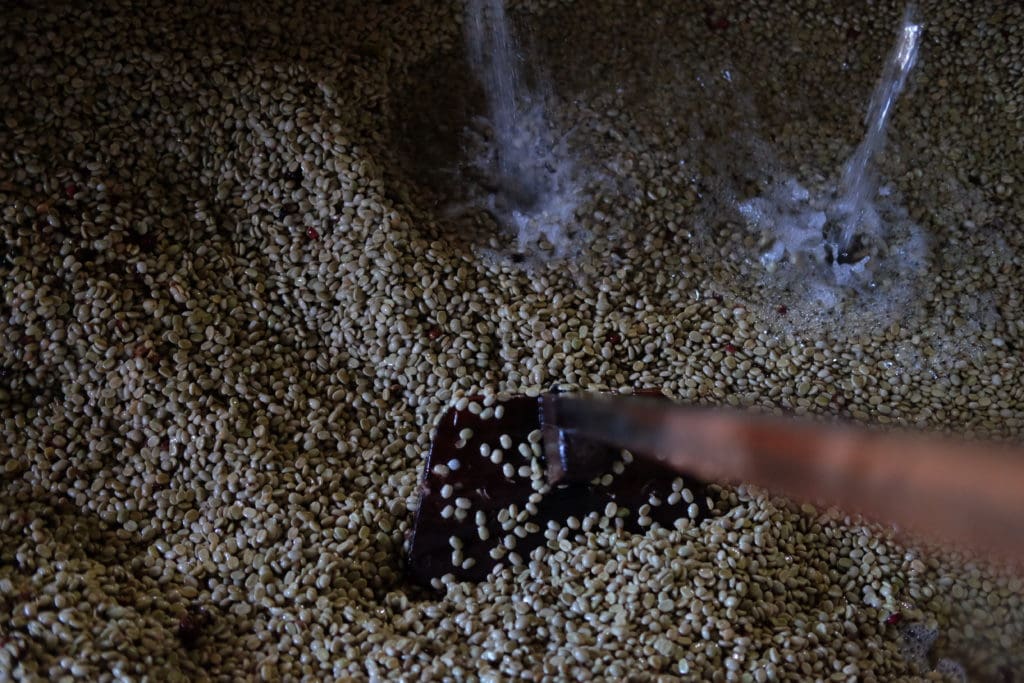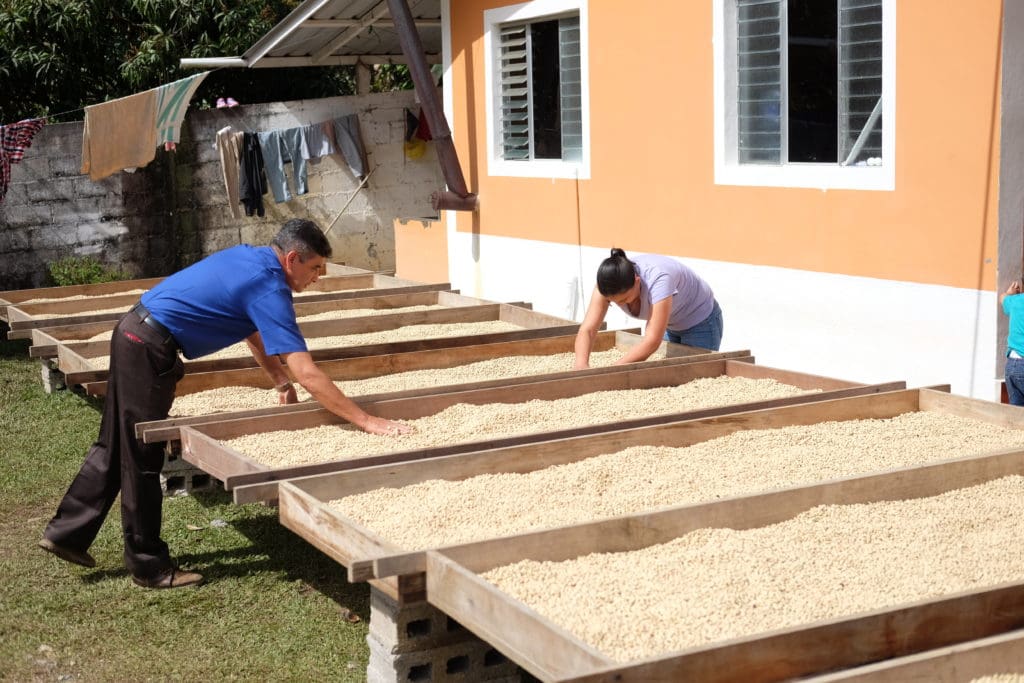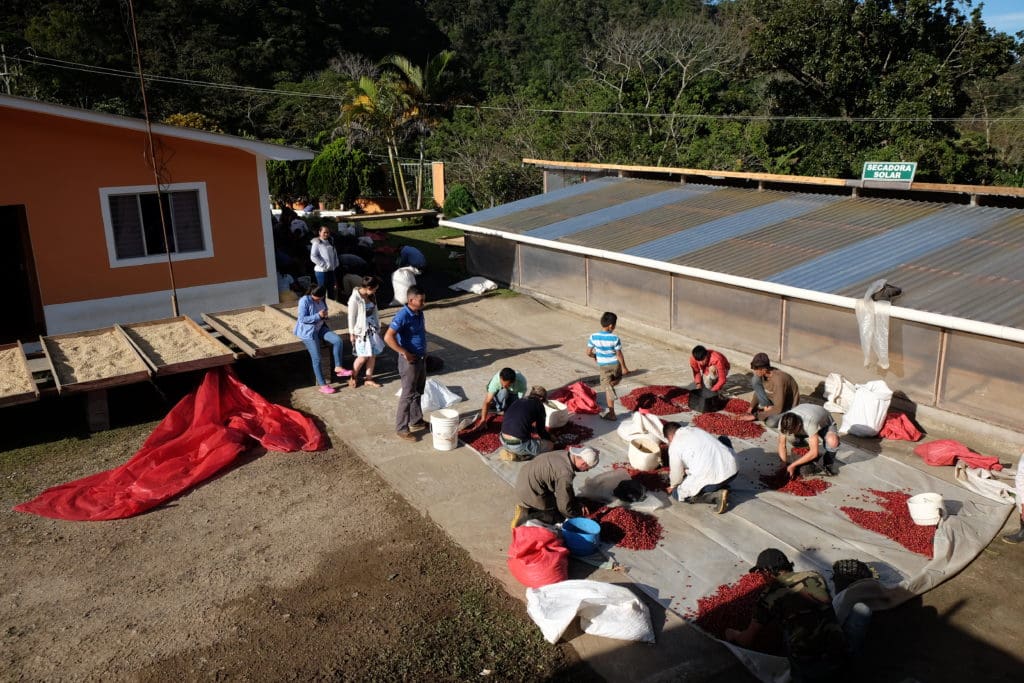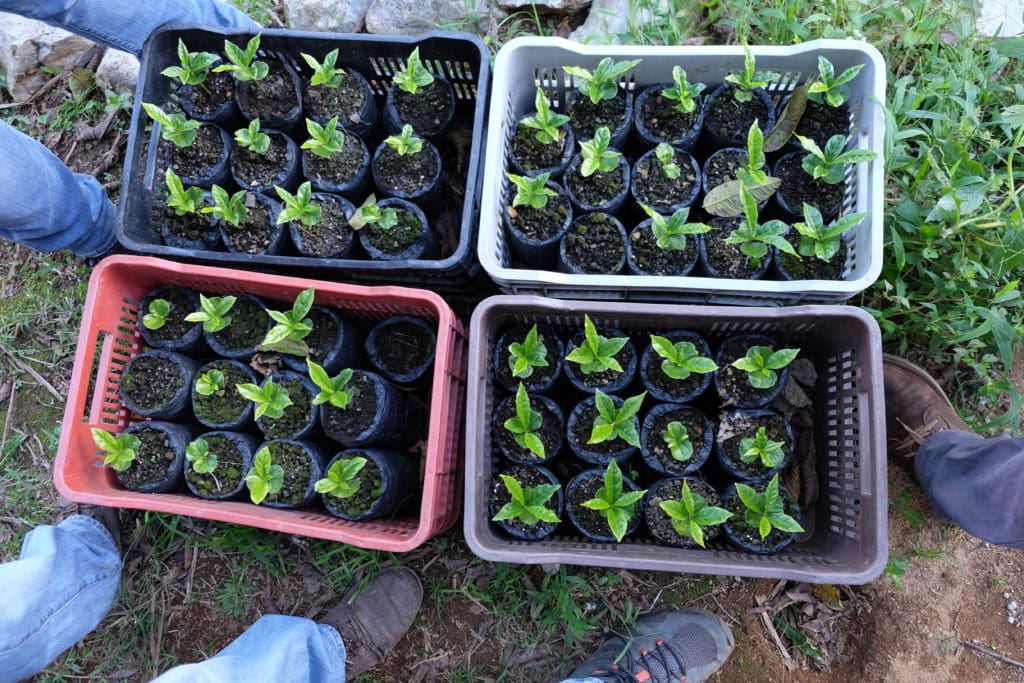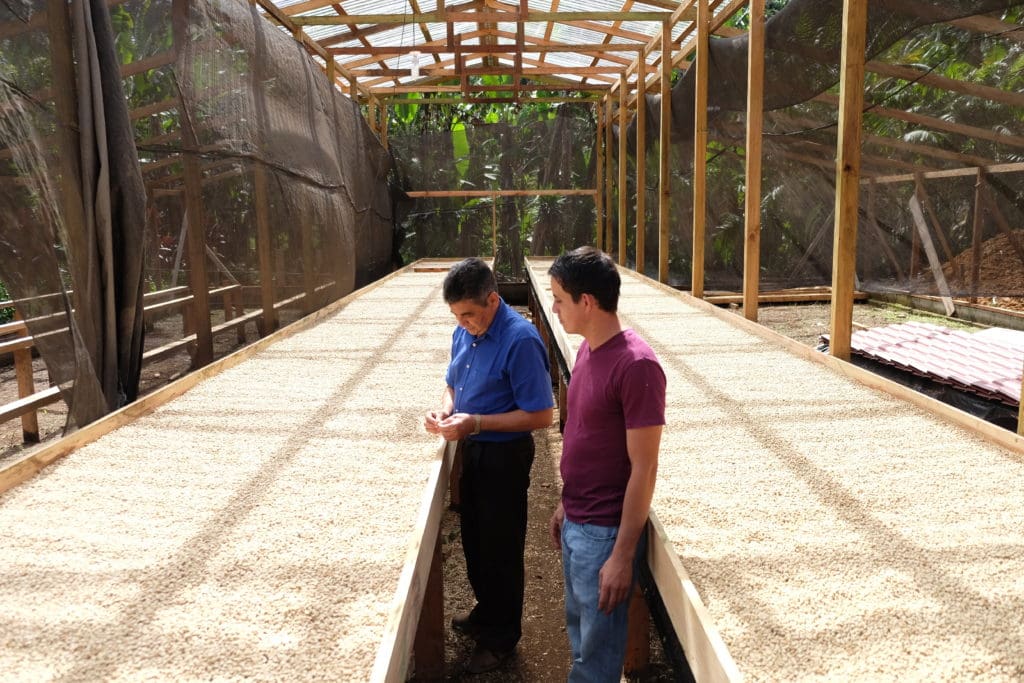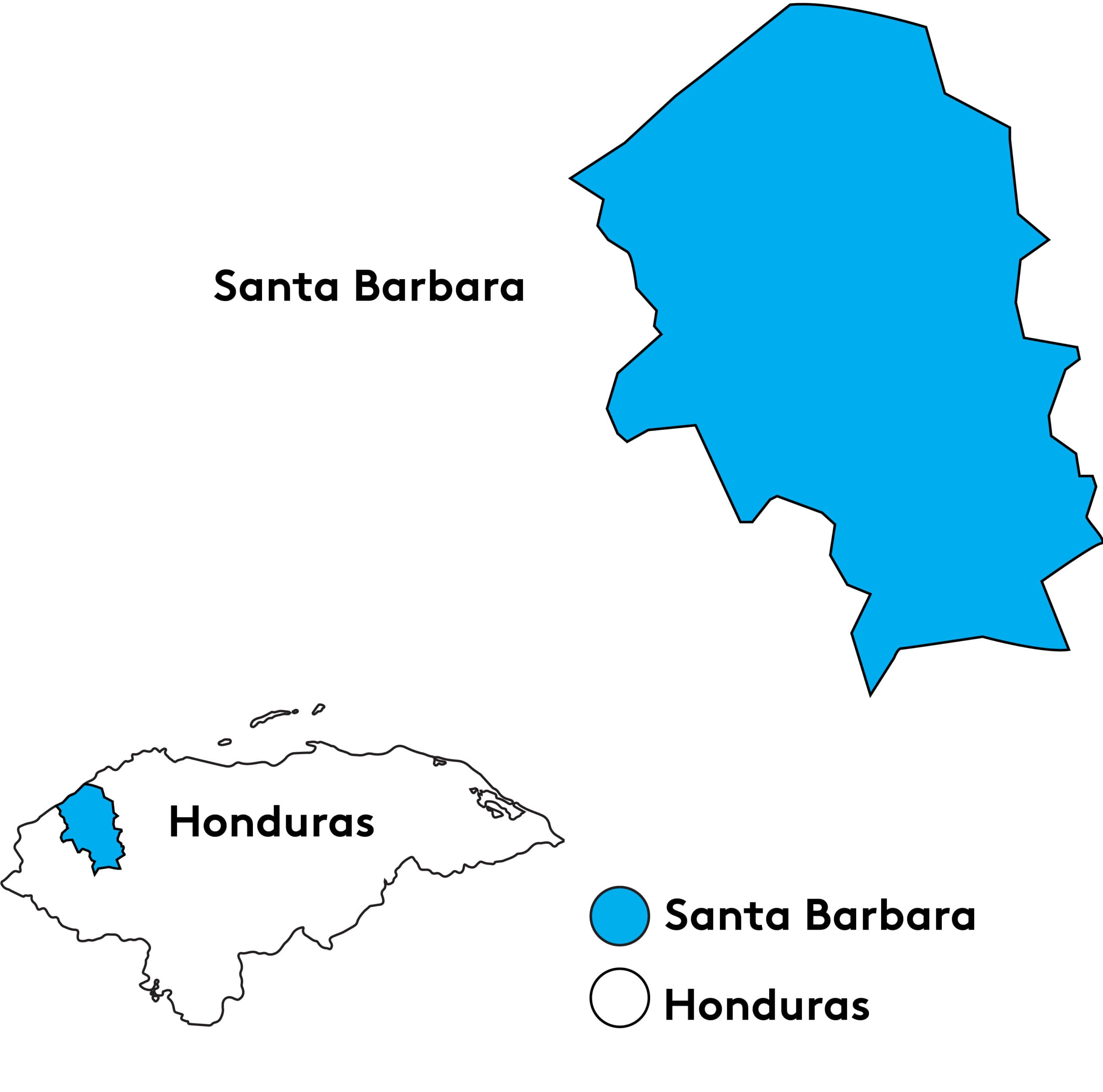The Sagastume family has been farming coffee for many decades headed by Don Pedro Sagastume. Pedro has divided his farms in multiple plots for his sons to take ownership and leadership in their own work. Nevertheless, this is a family effort, all the wet processing and drying happens centrally around the family home, with the sons and their families living nearby.
This Parainema comes from a plot on the ¨El Ocote¨ farm, managed by Yeltsin, the second of Pedro’s three sons. Parainema is a cultivar that has gained recent popularity in Honduras where it was developed in the El Paraiso region. This cultivar was specifically developed to combat nematoides which are present in the soil and can affect root systems of coffee plants limiting the nutritional intake. On higher elevations this coffee also proved to have outstanding yield and cup quality. The profile is quite different from other varieties and is distinguished by a silky body and fresh herbal notes.
This Washed coffee is pulped as soon as the coffee arrives at the family wet mill 30 minutes from the coffee fields. No water is used in the depulping process to maintain all the mucilage on the seeds which are then left to dry-ferment in the ceramic-tiled tanks for 16 to 24 hours. After fermenting the coffee is washed using fresh springwater. The coffee is then dried with the mucilage attached on raised beds in the solar dryer. This process takes up to 14 days during which the coffees are constantly moved.
The family has worked tirelessly to obtain their spot in the specialty coffee market through research and investing in the right infrastructure and development of new plots. The highlights of these investments are the expansion of the solar dryers as well as plots planted with Gesha, Pacamara and SL-28 varieties, which will produce for the first time in the 2021 harvest.
This lot was prepped for export with our partners at Exportadora San Vicente, a family business founded by the Paz family more than forty years ago. Today, they work with over 200 producers to produce microlots, many of which have won titles in the Honduras Cup of Excellence. San Vicente is based out of Peña Blanca at the shore of La Yojoa.
